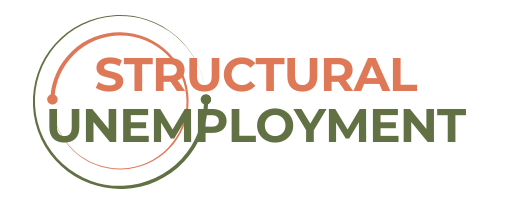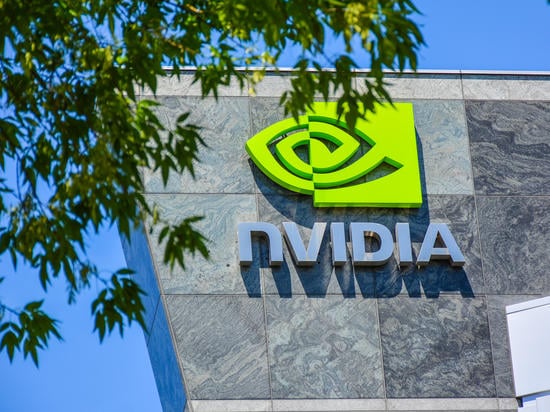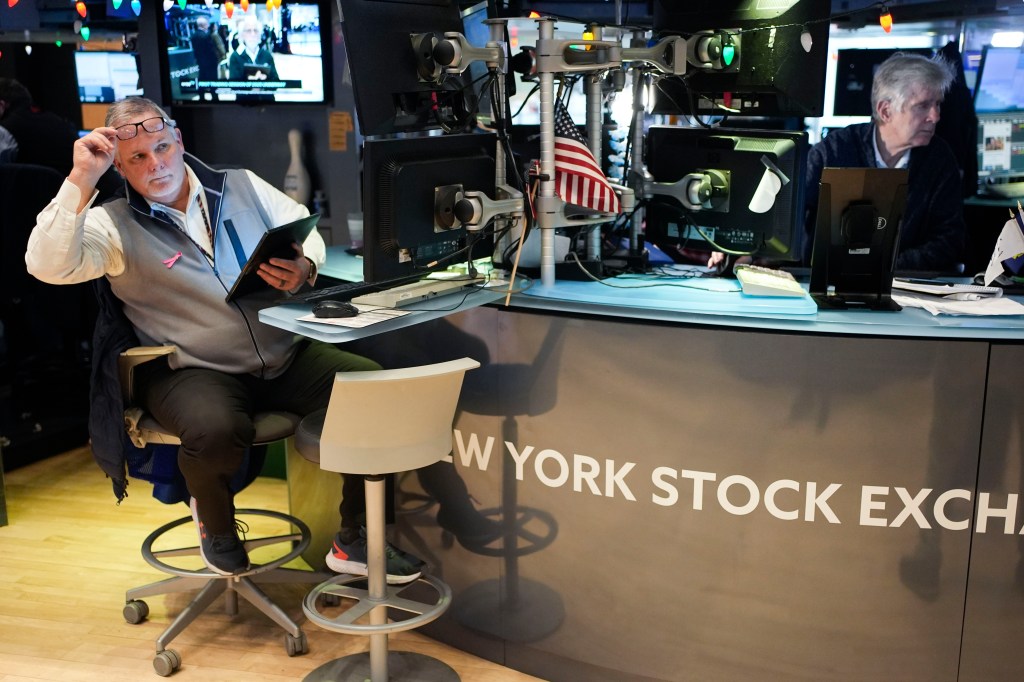Written by Aditya Raghunath at The Motley Fool Canada
Investing in the equity markets might seem overwhelming for most beginner investors. There are thousands of stocks to choose from and an endless stream of market opinions you must navigate before making an investment decision. However, investing in stocks can be simplified by holding diversified exchange-traded funds or ETFs, over time to benefit from the power of compounding.
The S&P 500 is among the most popular stock indices globally and provides you with exposure to the largest companies south of the border. Created in 1957, the S&P 500 is the world’s most widely followed stock market benchmark as it combines simplification and diversification with inflation-beating returns.
Over the last six decades, the S&P 500 has returned 10% annually on average after adjusting for dividend reinvestments. Basically, the flagship index has beaten the majority of fund managers on Wall Street.
In 2024, some of the index’s largest holdings include Microsoft, Nvidia, Apple, Alphabet, Amazon, Tesla and Meta Platforms. So, how can beginner investors in Canada gain exposure to the S&P 500 index and grow their wealth over the next two decades?
One Canada-based ETF that tracks the S&P 500 index is Vanguard S&P 500 Index ETF (TSX:VSP). With close to $4 billion in total assets under management, the VSP ETF is hedged to the Canadian dollar, shielding you from fluctuations in exchange rates.
While the homegrown TSX index has generated 135% in dividend-adjusted gains over the past decade, the S&P 500 index has returned 200%. Moreover, the TSX index is heavily concentrated on sectors such as financial services, energy, and financials. So, adding the tech-heavy S&P 500 to your equity portfolio will further diversify your investments.
Due to the underlying volatility of the equity market, investing in the asset class requires patience and discipline. For example, in the last 20 years, the S&P 500 index has witnessed multiple corrections and even pulled back by 56% during the Great Financial Crash in 2009.
It then fell over 30% during the COVID-19 pandemic and tanked over 20% in 2022 due to rising interest rates and elevated inflation levels. However, these drawdowns allowed investors to buy quality stocks at a lower valuation by investing in passive index funds such as the VSP.
Ignoring short-term market fluctuations and holding your investments for at least a decade is essential. For example, a $10,000 investment in the VSP in December 2014 would be worth close to $30,000 today. Zooming out further, over 30 years, the S&P 500 index would have turned a $10,000 investment into $218,000.




